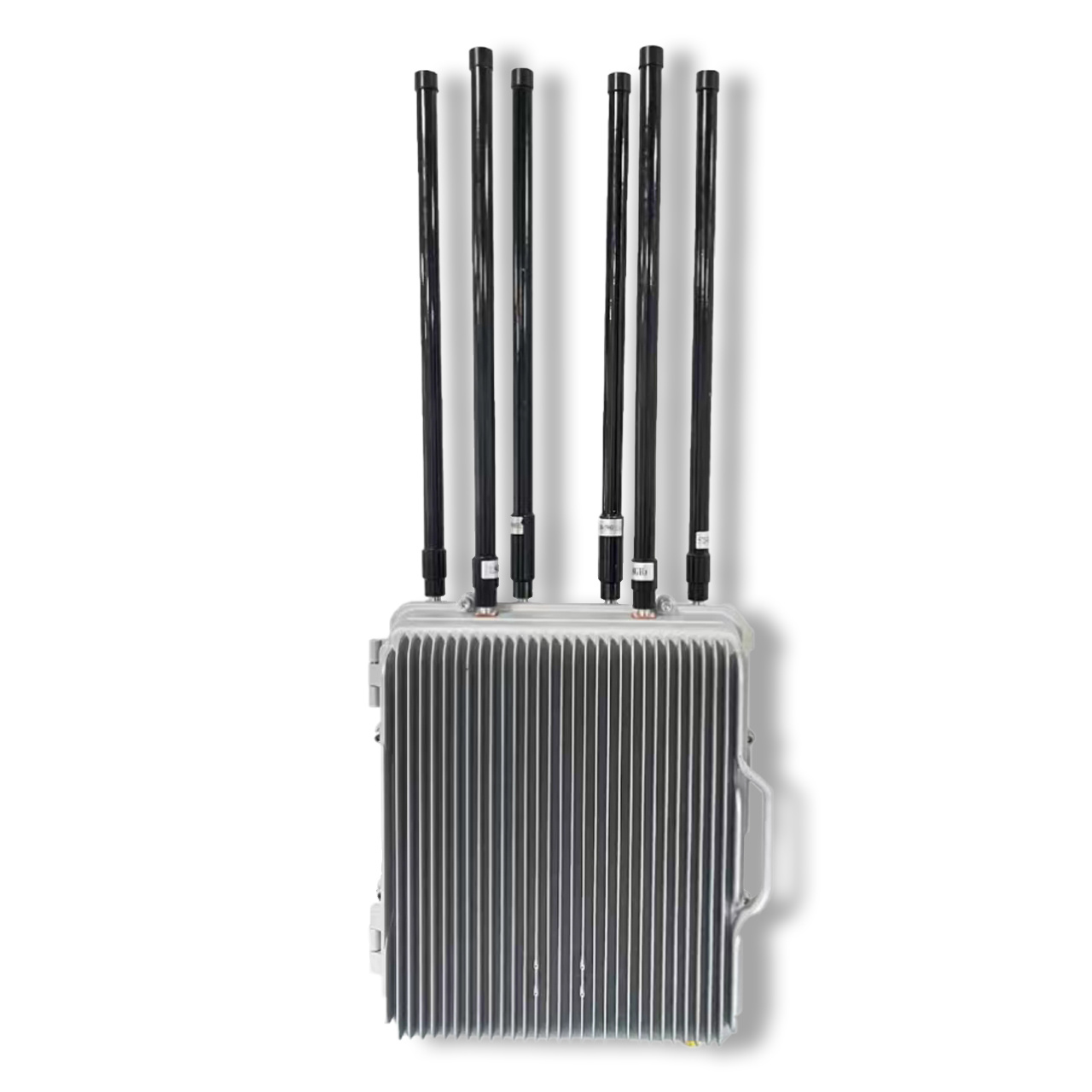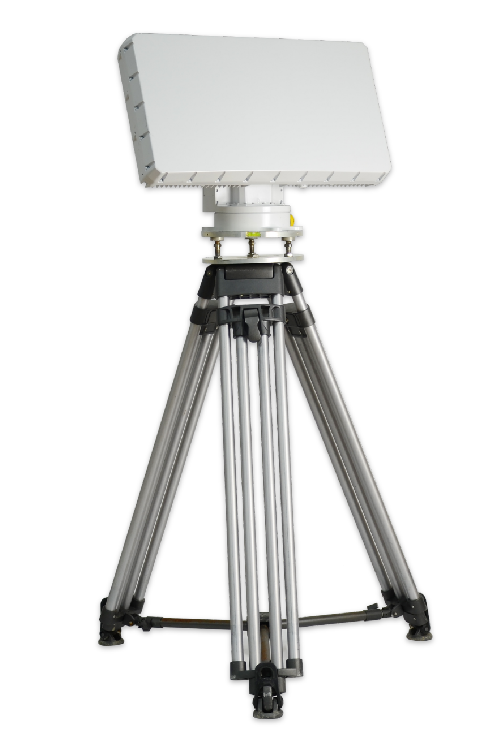Impact of fiber optic drones on the anti drone industry
2025-07-08
**Impact of Fiber Optic Drones on the Anti-Drone Industry**
In recent years, the rapid evolution of drone technology has transformed various industries, from agriculture to surveillance. One of the most significant advancements in this field is the development of fiber optic drones. These drones, equipped with fiber optic technology, have begun to influence the anti-drone industry profoundly. This article explores the impact of fiber optic drones on the anti-drone market, highlighting their capabilities, advantages, and potential challenges.

Fiber optic drones are distinguished by their use of fiber optic cables for communication and data transmission. This technology allows for faster, more reliable connections than traditional wireless systems. As a result, fiber optic drones can transmit high-definition video and data in real-time, making them particularly effective for surveillance and reconnaissance missions. Their enhanced communication capabilities also enable better coordination among multiple drones, which can be crucial in complex operational environments.
The introduction of fiber optic drones has significantly changed the landscape of the anti-drone industry. Traditional anti-drone systems typically rely on radio frequency jamming, net guns, or other disruptive measures to neutralize rogue drones. However, these methods can be limited in effectiveness, especially in urban environments where signal interference and crowded airspace pose challenges. Fiber optic drones offer a new approach by providing precise, real-time data on the location and behavior of unauthorized drones.
One of the most notable impacts of fiber optic drones on the anti-drone industry is their ability to enhance situational awareness. With their advanced sensors and communication systems, these drones can monitor large areas and provide detailed information on potential threats. This data can be crucial for security agencies, law enforcement, and military organizations tasked with protecting sensitive areas from drone incursions. By integrating fiber optic drones into their operations, these entities can respond more effectively to potential threats, minimizing the risk of damage or disruption.

Moreover, fiber optic drones can also play a significant role in the development of automated anti-drone systems. As artificial intelligence and machine learning technologies advance, there is a growing interest in creating autonomous systems capable of identifying and neutralizing threats without human intervention. Fiber optic drones, with their robust data transmission capabilities, can serve as the backbone of such systems, providing real-time information that enables rapid decision-making and response. This shift towards automation could streamline anti-drone operations, making them more efficient and less reliant on human operators.
Despite their numerous advantages, the integration of fiber optic drones into the anti-drone industry is not without challenges. One of the primary concerns is the cost associated with deploying and maintaining these advanced systems. Fiber optic technology can be expensive, and not all organizations may have the resources to invest in such solutions. This could create a disparity between those who can afford to implement fiber optic drones and those who cannot, potentially leading to uneven levels of protection against drone threats.
Additionally, there are concerns regarding the regulatory landscape surrounding drone operations. As fiber optic drones become more prevalent, governments and regulatory bodies will need to establish clear guidelines for their use, particularly in urban areas where airspace is congested. Striking a balance between ensuring public safety and promoting technological innovation will be crucial in the coming years.
Furthermore, the rise of fiber optic drones may also lead to an arms race in the drone industry. As more organizations adopt these advanced systems, there is a risk that malicious actors will seek to develop countermeasures to evade detection and neutralization. This could lead to a cycle of continuous advancement and counter-advancement, making it increasingly challenging for anti-drone systems to keep pace with emerging threats.
In conclusion, fiber optic drones are poised to have a significant impact on the anti-drone industry. Their advanced communication capabilities, enhanced situational awareness, and potential for automation offer new opportunities for improving drone defense mechanisms. However, challenges such as cost, regulatory issues, and the potential for an arms race must be addressed to fully realize the benefits of this technology. As the anti-drone industry continues to evolve, it will be essential for stakeholders to collaborate and innovate to stay ahead of emerging threats while ensuring the safe and responsible use of drone technology. The future of the anti-drone industry will undoubtedly be shaped by the advancements in fiber optic drone technology, marking a new era in the ongoing battle for airspace security.

Related News













